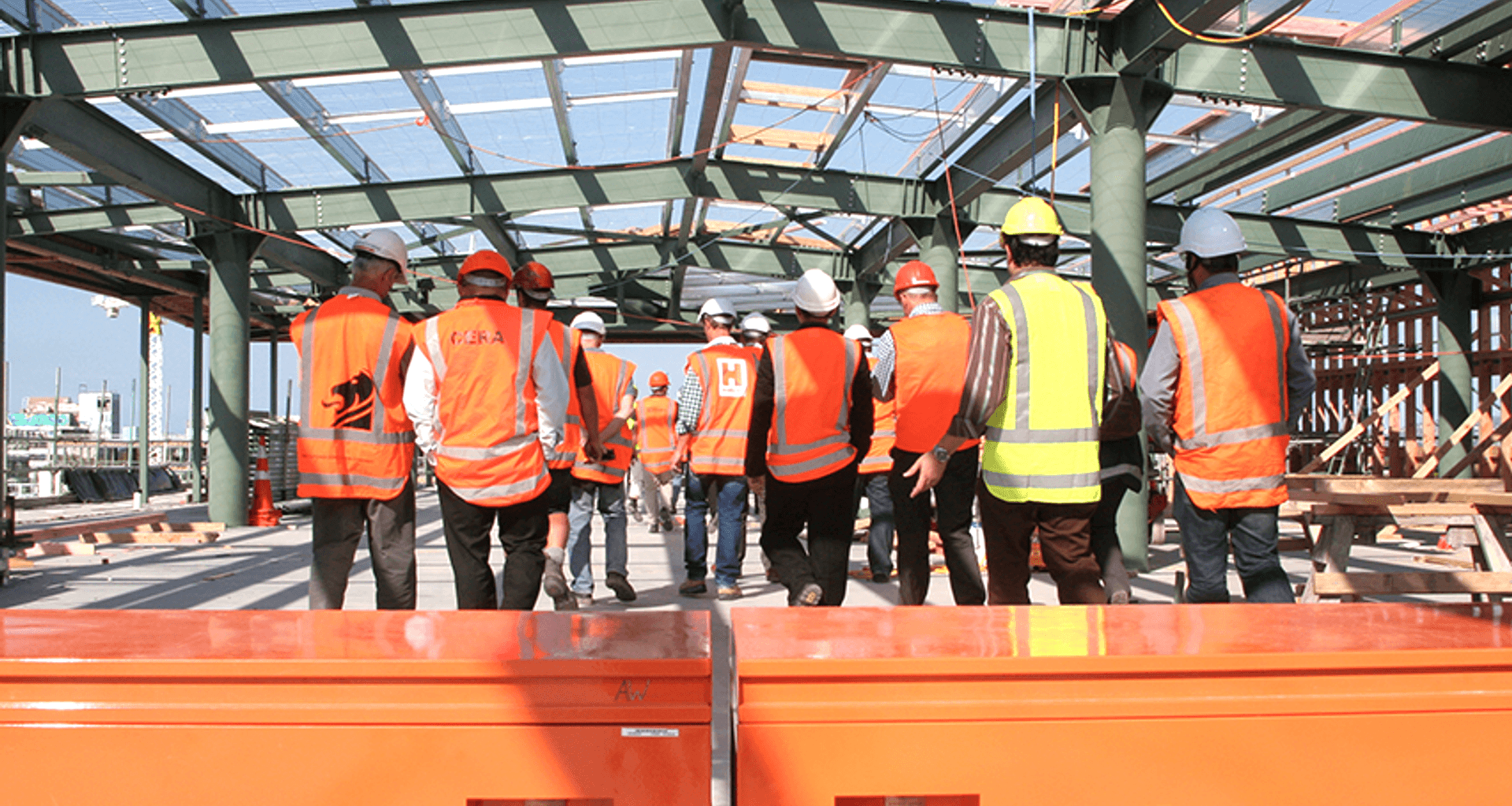Avoiding the race to the bottom
Written by
19 August 2020
•
5 min read

As far as years go, 2020 has been a bit of a strange one, although, in terms of economic downturns, not unprecedented—the most recent being the Global Financial Crisis (GFC) that impacted the world in 2008.
“The last half of 2020 will be about recovering from COVID-19,” says Malcolm Fleming, CEO of the New Zealand Institute of Building (NZIOB) and Deputy Chair of the New Zealand Construction Industry Council (NZCIC). “At the beginning of the shutdown, the construction industry was in the very fortunate position of having an accord—The Construction Sector Accord (CSA)— in place with the New Zealand Government; the only industry to have such an agreement. As a consequence, it fared better than many others, however; it was not immune from pockets of contraction.
The Construction Sector Accord, ratified in April 2019, is a commitment between government (ministers and agency chief executives) and senior construction industry leaders to work together to transform New Zealand’s construction sector.
“During the shutdown, the overarching messaging from government was that the construction industry was perceived as being critical to the wellbeing of the New Zealand economy,” says Malcolm.
“CSA workstreams covered: government agencies adopting a fair and pragmatic approach to their own construction projects through the COVID-19 lock-down; fast-tracking government spend on horizontal and vertical infrastructure, undertaking retrofit projects for state-housing, hospitals and schools; and, developing construction protocols across the COVID-19 alert level lifecycle.”
“In my view, the construction industry will positively adapt as a consequence of COVID-19; already, we are hearing positive signs that the industry is open to change. An early example is the messaging that construction sites have become more productive, a case of needs-must as they responded to COVID-19 imposed limitations.”

Just how rapidly and evenly change will permeate throughout the whole industry, is one of those ‘how long is a piece of string’ questions and, not surprisingly, some sectors will bounce back faster than others. The necessity, says Malcolm, is establishing clear pathways to line-of-sight projects, otherwise it will just be a case of delaying the inevitable.
“Those companies whose work is derived from the private sector, in tourism, aviation, or in hospitality are particularly vulnerable. While we have a significant wave of what government has termed, ‘shovel ready projects’ coming to market, a key requirement was that the projects be in the position to have construction start by 1 October.
“By definition, that restricts projects to those for which design and documentation has already been completed. A significant challenge going forward is therefore to ensure that industry has visibility of a strong pipeline of work—particularly in those front-end industries such as architecture and engineering—therefore mitigating the prospect of the industry entering a boom-to-bust cycle.”
The imperative for the industry is to back itself in terms of maintaining margins and avoiding the race to the bottom, as it were.
“I believe that the biggest danger to the construction industry is one that is self-imposed,” says Malcolm. “Post-GFC, main contractors reduced margins and design practices dropped their fees, so as to win forward workload. While there may be short-term gains in this strategy (keeping work coming in the door), it is ultimately detrimental to the industry.
“The balance sheets that have been eroded due to COVID-19 cannot be restored in a timely fashion if businesses take on projects for which profitability is low. An outcome for businesses that adopt low-margin strategies is that they are stuck in an incessant low profitability/low productivity/low profitability cycle that delivers poor outcomes for all.

“An alternative approach is to retain (or develop) healthy margins that provide construction businesses with the ability to invest in themselves via people development or adopting emerging construction technologies, both of which have the potential to provide productivity lifts. The New Zealand construction industry has a poor record of demonstrating meaningful productivity gains over the last 50 years. One construction productivity enhancing tool that was identified by the government’s 2009 ‘Construction Sector Productivity Taskforce’, was the promotion of Building Information Modelling (BIM). This led to a government sponsored BIM Acceleration Committee and a range of initiatives that have been promoted to the industry, including the BIMinNZ conference that the NZIOB hosted on behalf of the BIM Acceleration Committee in 2019.”
In the immediate post COVID-19 environment, Malcolm says that the goal of the NZIOB is to work alongside fellow industry associations to support those working within the industry and to play an active role in bringing proposed government projects quickly to market.
“An example of industry support throughout COVID-19 was the suite of wellbeing webinars that the NZIOB delivered in collaboration with Site Safe and Mates in Construction. An additional example was the industry pulling together to quickly develop protocols for working on construction sites during levels 3 and 2. An encouraging outcome of COVID-19 was how industry stakeholders worked together to position the industry to not only operate effectively during the pandemic, but also to exit COVID-19 in better shape than most industries.”

The NZIOB will be playing a role in showcasing local and international best practices on the topics of resilience, technology and wellbeing at its annual conference later this year.
Aptly named, Built to Last, the event occurs on the same day as the institute’s New Zealand Building Industry Awards. In an example of practicing what it preaches, the NZIOB has adopted technology to deliver the 2020 awards programme in a new format that will see it being held concurrently in three separate centres on Friday, 30 October.
More information on Built to Last, and the 2020 New Zealand Building Industry Awards can be found on the NZIOB website.